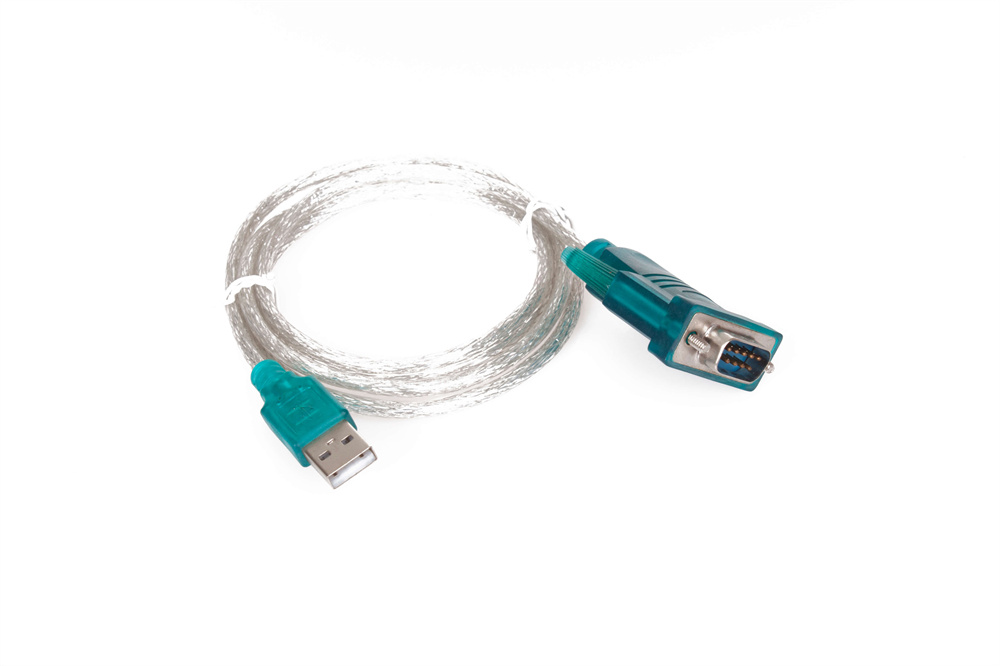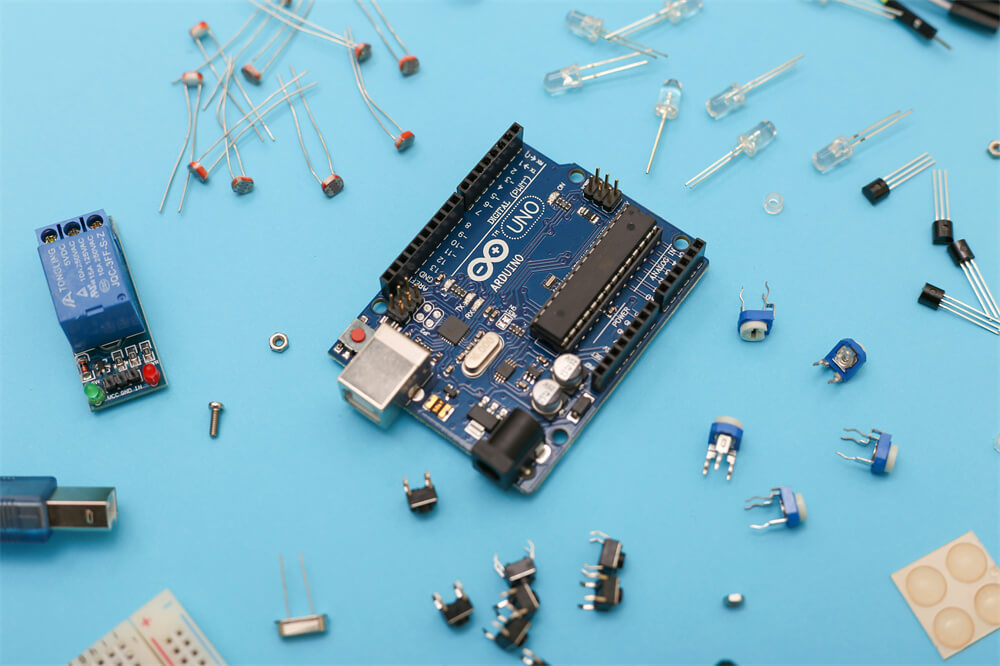As technology evolves, the need to connect legacy devices with modern computers persists. USB to Serial Cables serve as essential tools in bridging this gap. These cables are crucial in scenarios where traditional serial ports are absent, enabling seamless communication between diverse devices and computers sources.
What is Serial Communication?
Definition and Basic Principles: Serial communication is a method of transmitting data one bit at a time over a communication channel. This approach is fundamental in many electronic devices due to its simplicity and efficiency.
Historical Context and Evolution: Initially, serial communication was widely used in computing connecting peripherals. Over the years, as computing technology advanced, the need for faster communication led to the development of parallel communication methods.
Comparison with Parallel Communication: While parallel communication transfers multiple bits simultaneously, serial communication is less complex and cheaper, making it suitable for long-distance communication.
Examples of Devices that Use Serial Communication: Common devices include modems, GPS receivers, and various types of industrial equipment.
Uses of USB to Serial Cable
Connecting Legacy Devices to Modern Computers: As modern computers often lack serial ports, USB to Serial Cables enable connectivity with older devices that still rely on serial communication source.
Application in Industrial Machines: These cables are used in industrial settings to interface with control systems and machinery that operate on serial communication protocols.
Use in Programming Microcontrollers and Routers: USB to Serial Cables facilitate the programming and debugging of microcontrollers and routers, oftening use serial interfaces for configuration and updates.
Role in Data Transfer and Debugging: They are instrumental in data communication and debugging processes, providing a reliable link for diagnostics and data exchange.

Commonly Used USB to Serial Chips
Different chips are used in USB to Serial converters, each with unique features and compatibility considerations. Choosing the right chip is crucial for ensuring compatibility with the intended application.
Detailed Look at Specific Chips:
CH340
Features: The CH340 is a versatile USB bus converter chip that converts USB to serial or printer ports. It supports different serial communication standards and offers standard MODEM signals, making it suitable for extending serial communication. This chip is especially valued for its cost-effectiveness and ease of use.
Typical Applications: It is commonly used in consumer electronics and hobbyist projects, including Arduino boards and other microcontroller applications. Its affordability makes it a popular choice for educational purposes and prototype development.
The CH340 offers broad compatibility across various operating systems, including Windows, Linux, and macOS. However, users may need to install a specific driver to ensure proper functionality, particularly on macOS systems.
PL2303
Features: The PL2303 chip is known for its reliability, providing a straightforward solution for converting USB to serial. It supports various baud rates and fully complies with USB 1.1/2.0 protocols.
Typical Applications: Widely used in consumer products, industrial applications, and networking devices. It is favored for applications requiring stable and consistent data communication, such as GPS devices and industrial control systems.
The PL2303 has broad driver support across multiple platforms, including Windows and Linux. Some versions may require specific drivers for compatibility with newer operating systems.

CP2102/2103
Features: These chips are known for their high-performance capabilities, low power consumption, and robust error-handling features. They support a wide range of baud rates and offer a flexible and reliable solution for USB to serial conversion.
Typical Applications: Commonly used in embedded systems and communication devices, such as medical instruments and industrial automation equipment. They are also popular in the DIY electronics community.
Widely supported across major operating systems, with official drivers available from the manufacturer. The CP2102/2103 chips are known for their stability and ease of integration into various systems.
FT232
Features: The FT232 chip provides robust performance with a focus on flexibility and reliability. It supports a wide range of communication standards and offers advanced features like signal processing and customizable baud rates.
Typical Applications: Used in professional settings, including telecommunications, industrial automation, and scientific instrumentation. The FT232 is preferred for applications that require high reliability and precision.
The FT232 offers extensive driver support, ensuring compatibility with Windows, macOS, and Linux. Its drivers are known for their robustness, providing seamless integration into complex systems.
Choosing the Right USB to Serial Cable
In industrial automation, embedded development, and device debugging, USB to Serial cables are indispensable tools. We recommend using the CU804 USB to Serial cable from VCOM. The CU804 is a high-performance cable that uniquely offers two different design schemes to cater to diverse user needs.
The CU804 cable provides the following two design schemes:
CH340 (TTL) Single-Chip Solution
Technical Features: Utilizes the CH340 chip, supporting TTL logic levels (typically 0V to 3.3V or 0V to 5V), making it suitable for low-voltage signal devices that do not require long-distance transmission.
Limitations: It is not suitable for devices needing standard RS232 levels (±12V). Therefore, additional level converters might be necessary when communicating with traditional RS232 interface devices.
Applicable Scenarios:
Embedded Development: Commonly used for direct communication with microcontrollers, development boards, and sensor modules, where TTL levels are standard.
Simple Debugging: Ideal for use in labs or development environments where no additional level converters are needed.
Educational Training: As a cost-effective solution, it is perfect for foundational development applications in educational settings.
PL2303 + MAX3243 (RS232) Dual-Chip Solution
Technical Features: Employs the PL2303 chip for USB to serial conversion, providing standard RS232 levels (±12V, ranging from ±3V to ±15V), making it more suitable for long-distance, high-interference applications.
Limitations: Compared to the TTL solution, this design is slightly more complex and potentially more costly, fitting more professional applications.
Applicable Scenarios:
Industrial Automation: Communicates with older industrial equipment, PLC controllers, and CNC machines using the RS232 standard.
Measurement and Control Equipment: Required for data interaction with measurement instruments, consoles, and POS machines adopting the RS232 standard.
Long-Distance Communication: In environments with strong electromagnetic interference, RS232 levels offer better anti-interference capabilities, ensuring accurate data transmission.
Recommendations for Choosing the CU804 USB to Serial Cable
The choice of the CU804 cable design depends on your specific needs. Here are some recommendations:
If your device uses TTL logic levels and is primarily used for embedded development or microcontroller debugging, with no need for long-distance transmission or additional level converters, choose the CH340 (TTL) solution.
If your device requires RS232 standard levels and your application involves industrial automation or communication with legacy equipment, ensuring stable communication in long-distance or high-interference environments, choose the PL2303 + MAX3243 (RS232) solution.
Tag:USB to Serial Cable,USB Cable




